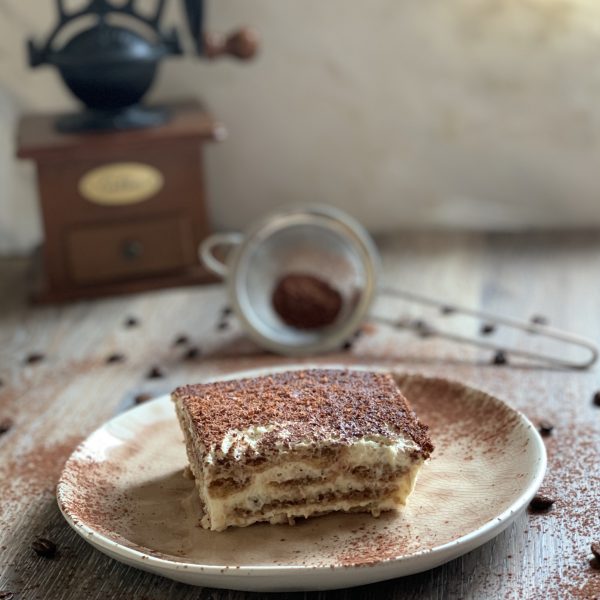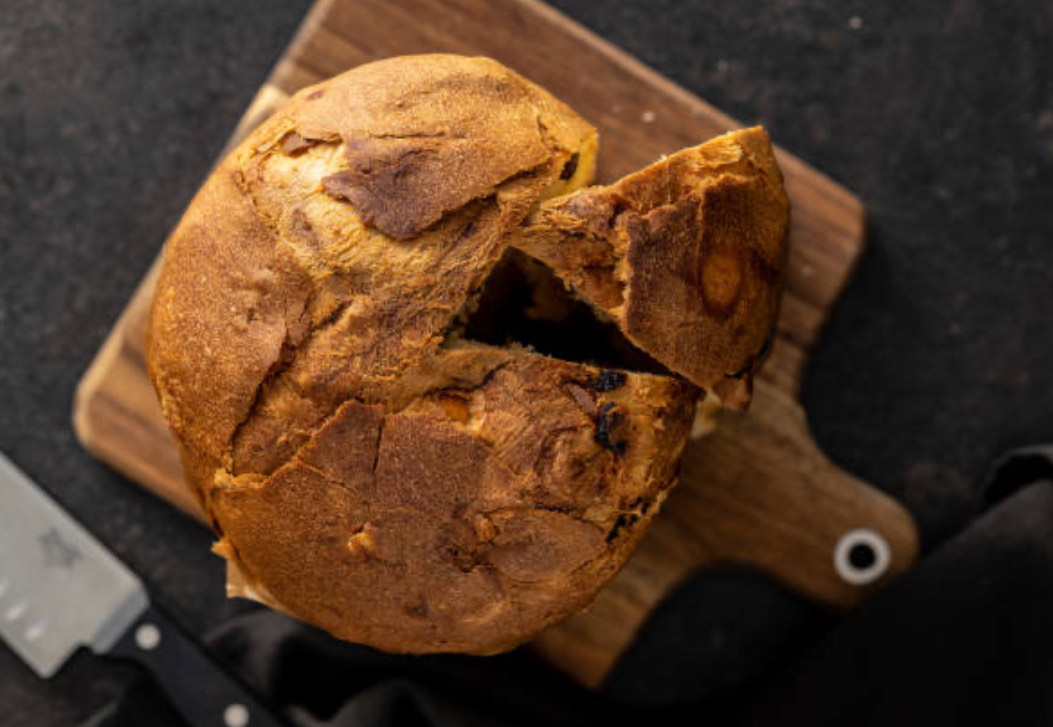Tiramisù, perhaps the most widely recognized dessert hailing from the Bel Paese. Its name literally translates to pick me up and rightfully so as this Italian confection lifts your spirits with every spoonful. Tiramisù is one of my favourite desserts; one that I will often order when dining out, and one that I make frequently at home. I have made it both in its classic form and have also gotten creative with a few variations and interpretations.
I first learned to make this trifled dessert on one of my summer vacations to Italy in the early 90s. My young aunt (also a passionate baker) was whipping up what would later become one of the quintessential confections in my repertoire. The best part was that this treat known as tiramisù required only refrigeration to take shape (which was perfect during hot summers in southern Italy). I watched her separately whisk up egg whites, panna (whipping cream), and egg yolks with sugar and mascarpone. She then proceeded to combine each individual component to achieve a luxurious cream that was layered over savoiardi (Italian lady finger cookies) that had been dipped in a bath of cold espresso spiked with Marsala. Once she had finished the luscious layers, she then gave the cake a dark dusting of coco powder. Indulging in the tiramisù hours later was truly pleasurable.
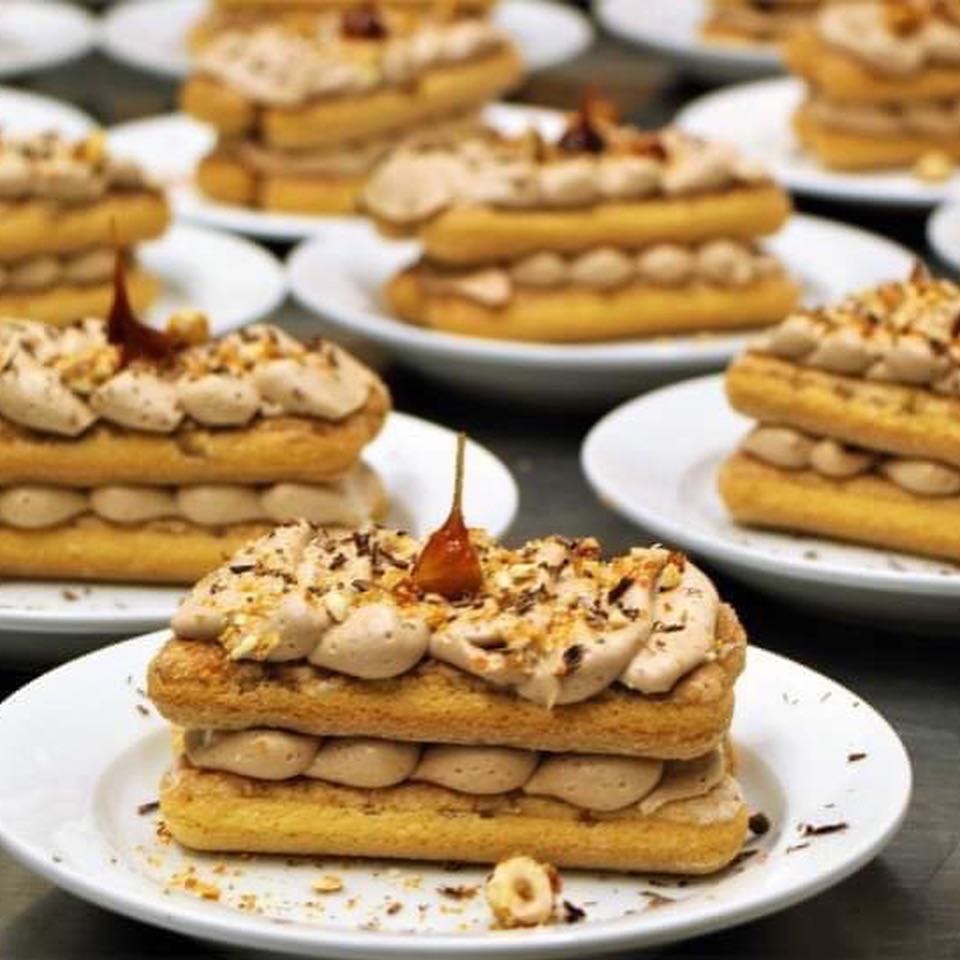
Zia’s recipe is the one that I been following for over two decades (see recipe video below), sometimes to the letter and other times letting my creativity completely takeover (something that some purists would scoff at). Some of my variances have included: strawberry ice-wine tiramisù, blueberry tiramisù, cherry tiramisù, limoncello tiramisù, s’mores tiramisù and of course, being the gianduia lover that I am, Nutella tiramisù. I have also experimented using pound cake, sponge cake and panettone over Savoiardi or Pavesini cookies. I have also incorporated the iconic tiramisù flavours of chocolate, coffee, and mascarpone into other desserts such as cupcakes, cookies, crepes, truffles, zuccotto and semi-freddo.

After examining its history and origin, tiramisù in its most elemental form was egg yolks whipped with sugar served with cookies and an espresso or shot of Marsala (an energy-boosting combination that was served in the brothels of northern Italy during the 1800s). A clever pastry chef would then go on to layer the ingredients together to create Italy’s most iconic dessert. The traditional recipe as outlined by the Accademia del Tiramisù (the Tiramisù Academy) is as follows:
Ingredients:
- 300g mascarpone
- 3 egg yolks
- sugar (1 and 1/2 spoons per yolk)
- lady finger biscuits
- coffee (lightly sugared)
- bitter cocoa powder
Preparation:
- Beat the eggs and sugar together.
- Mix in the mascarpone to form a soft cream.
- 3.Dip the lady fingers into the coffee and place a layer in a dish.
- Cover the layer of biscuits with the mascarpone mix and continue to layer the ingredients, ending with the mascarpone.
- Place in the refrigerator for several hours (or overnight).
- Sprinkle with the bitter cocoa powder and serve chilled.
This is the standard from which many adaptations have evolved along with several best practices when it comes to its preparation.
Let’s begin with the cookies. Classic preparation calls for Savoiardi however there are many recipes that make use of Pavesini biscuits (which are a variation of Savoiardi that aren’t as tall an airy). Savoiardi, because they are thicker and spongier will absorb less liquid and yield a cake with a consistency that is less creamy and slightly more compact. Whether using Pavesini or Savoiardi, the trick is to lightly dip them in the espresso liquid so as not to water down the dessert, and to place them sugar side facing up when layering (admittedly I don’t always do this and I don’t find it compromises the end result).
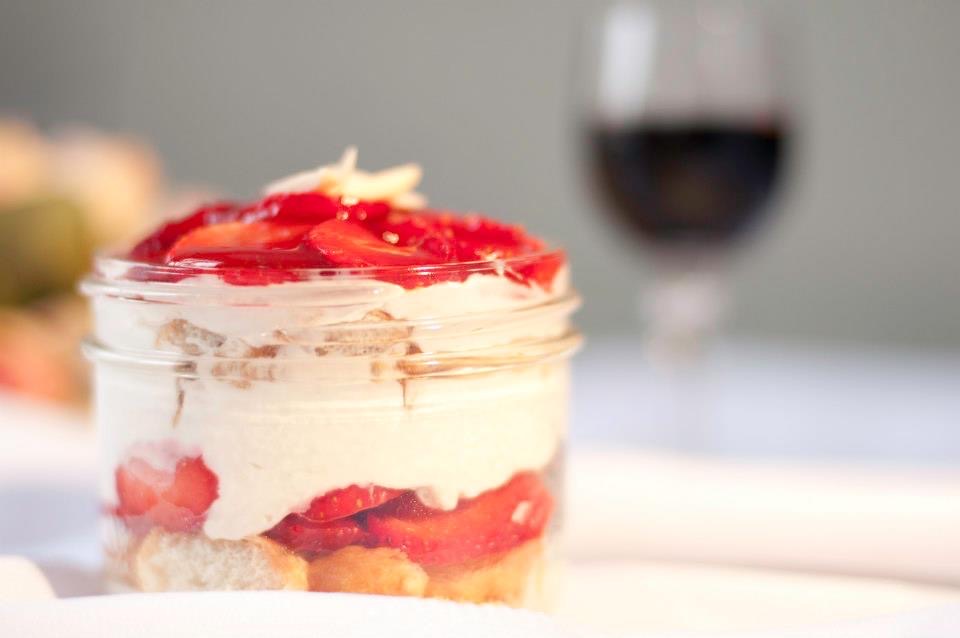
Next, the sugar (and this is a learning for me too). For best results half of the sugar should get beaten with the egg yolks and the other half whipped with the egg whites. This is said to create an incredibly soft and silky cream. For those who may be hesitant about the use of raw eggs in this recipe, the sugar that gets combined with the yolks can be caramelized and then combined with the yolks to pasteurize the eggs.
Speaking of eggs, they should always be at room temperature before being separated. The yolks must be beaten with the sugar until they become light and frothy which is essential to obtaining the perfect cream. If you are uneasy about raw eggs, they can be beaten over a double a boiler (like zabaglione) and slowly cooked out. I usually like to kick up the flavour of my tiramisù by adding a few drops of whatever liqueur I’m using in the coffee mixture to the egg mixture as well.
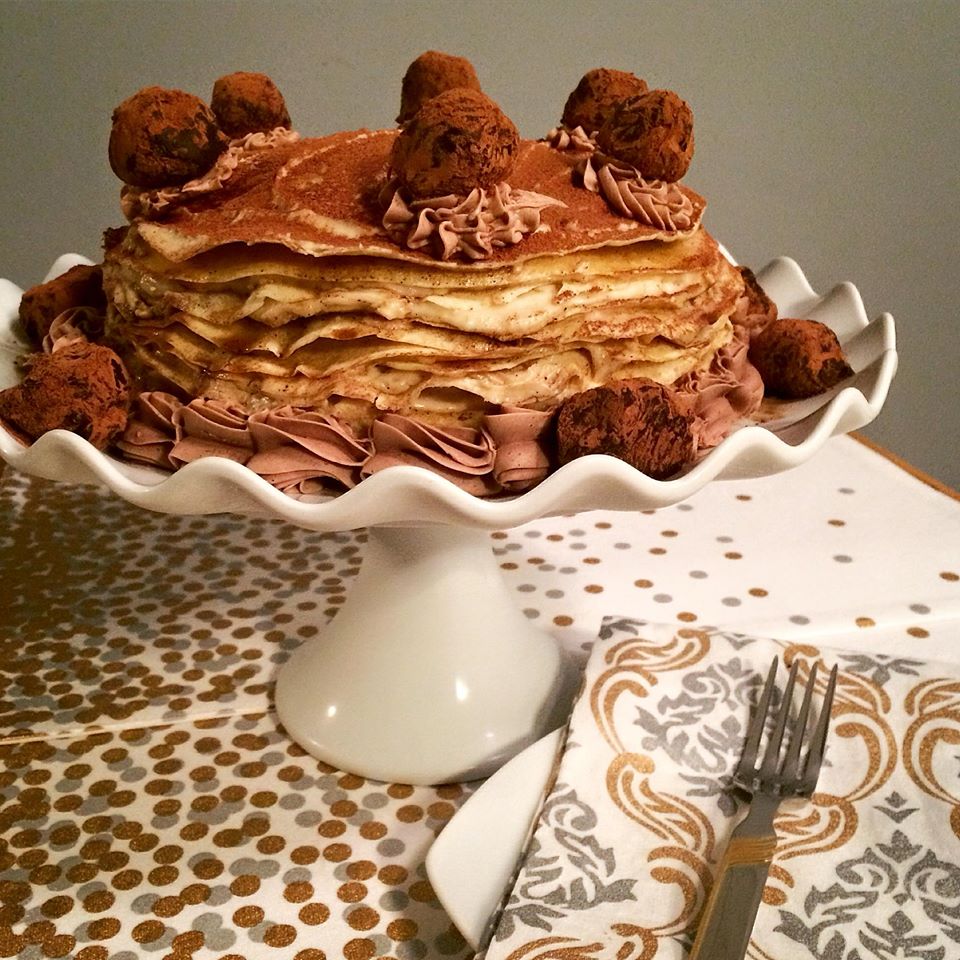
The other star ingredient, the mascarpone should also be used at room temperature and worked slightly with a spoon before being added little by little to the egg yolk mixture. Mascarpone can often be expensive and sometimes even difficult to find in which case I will substitute it with ricotta (insert loud gasp by the purists here).
As I mentioned earlier, my tiramisù calls for whipping cream which is not one of the traditional ingredients. The panna yields a creamier cake and makes the taste of the egg more subtle. Some use the cream in place of the whipped eggs whites, or it can be omitted altogether giving the cake more of a zabaglione flavour (particularly if using Marsala as the moistening agent).
When it comes to the caffeinated component of the cake it is important to use a good quality espresso. If you find that the coffee is too strong it can be diluted with water. The coffee can also be spiked with a complimentary liqueur such as Marsala or rum. While the flavor of coffee is one of the defining characteristics of tiramisù it can be substituted with orzo (a caffeine free, barley coffee that is also produced coincidentally in the Veneto region from which tiramisù hails) if you plan on serving the dessert to children or someone with an allergy to caffeine (yes there is such an allergy and I happen to know someone with this particular aversion). The coffee should be unsweetened as sugar appears in the other components of the cake.
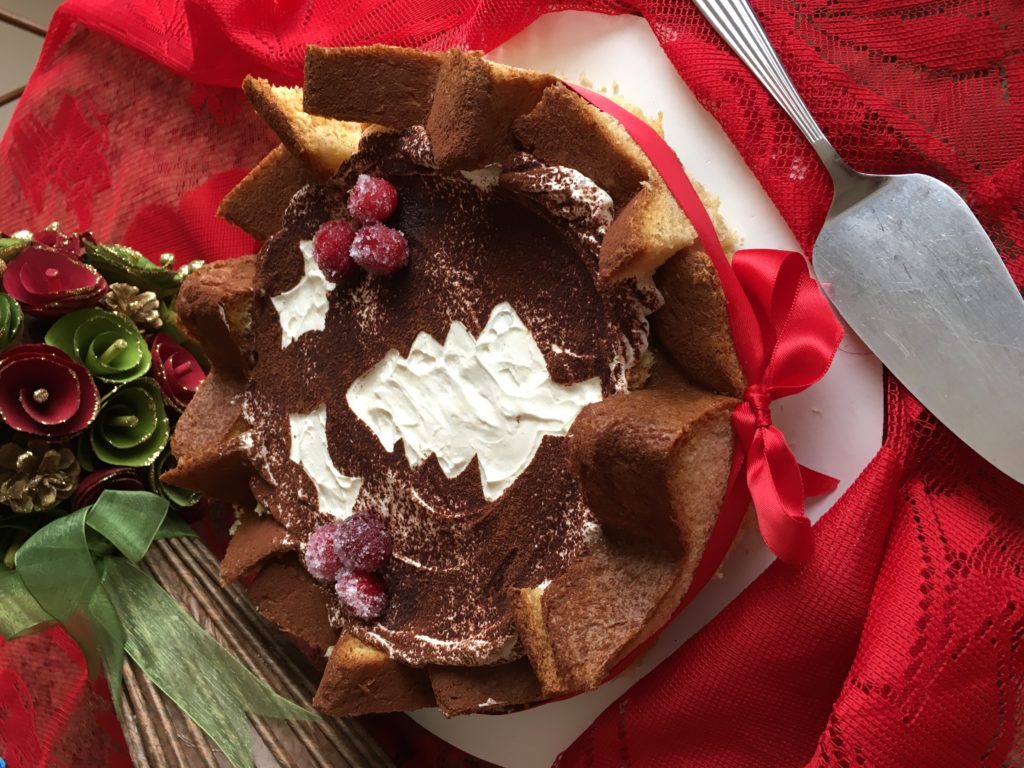
For the experimentalists like myself, the coffee can be substituted for milk, fruit juice and even tea (I have seen a match version that I’d like to try my hand at). This is also where I play with the alcoholic agents, for example I will use milk combined with limoncello crema (a cream version of the famed lemon liqueur) when making my limoncello version.
Of course I’m not the only one who has adapted the recipe; in the book Tiramisù – Storia, curiosità, interpretazioni del dolce italiano più amato, Italian food writers Clara and Gigi Padovani include some incredible variations by some of the peninsula’s greatest pastry chefs.
Whether you enjoy the classic version or experiment with your own flavour combination, one thing is certain, this emblematic dessert is a definite pick me up.

